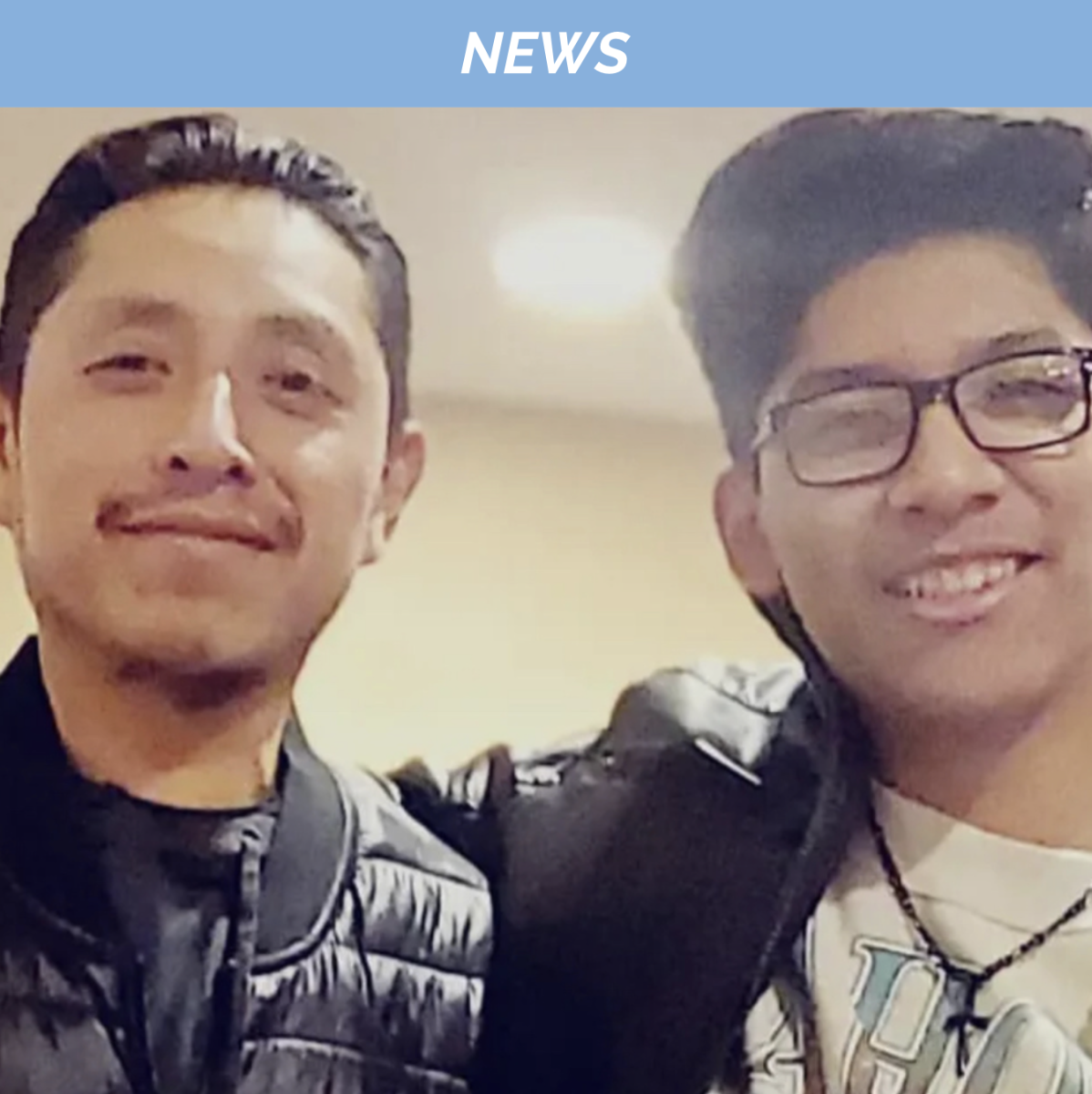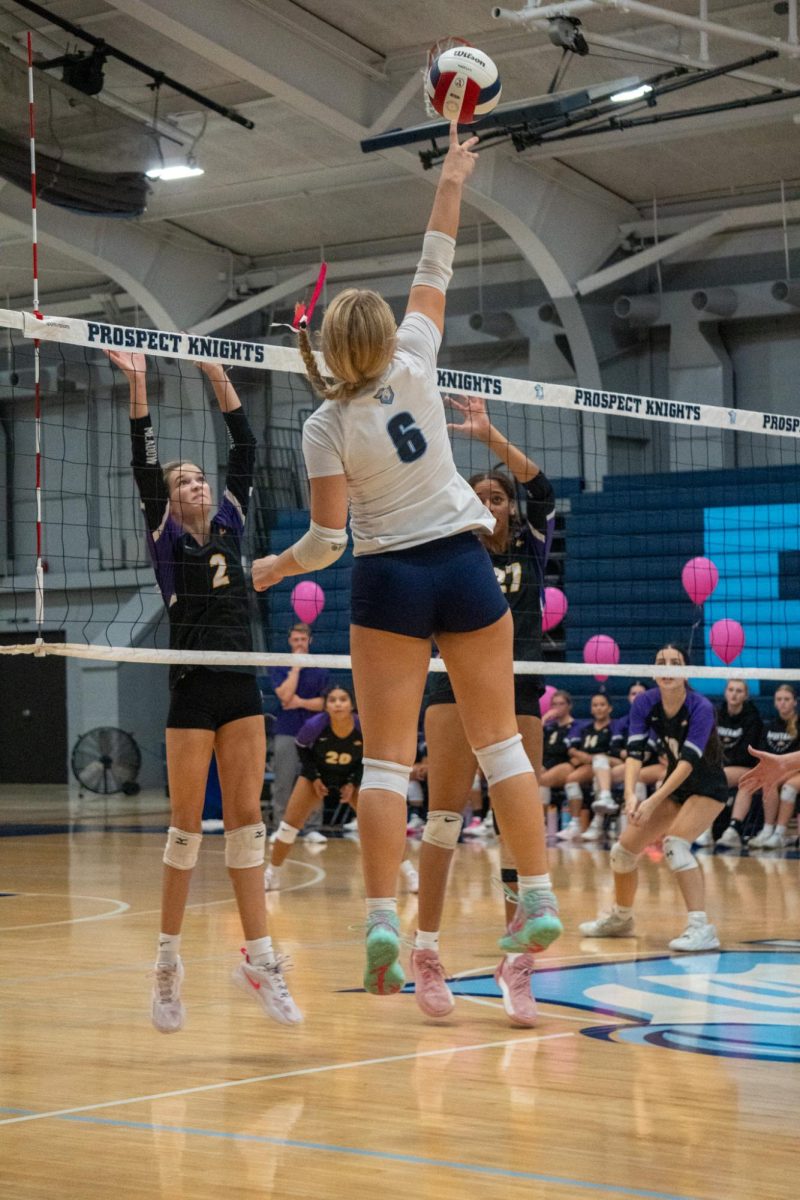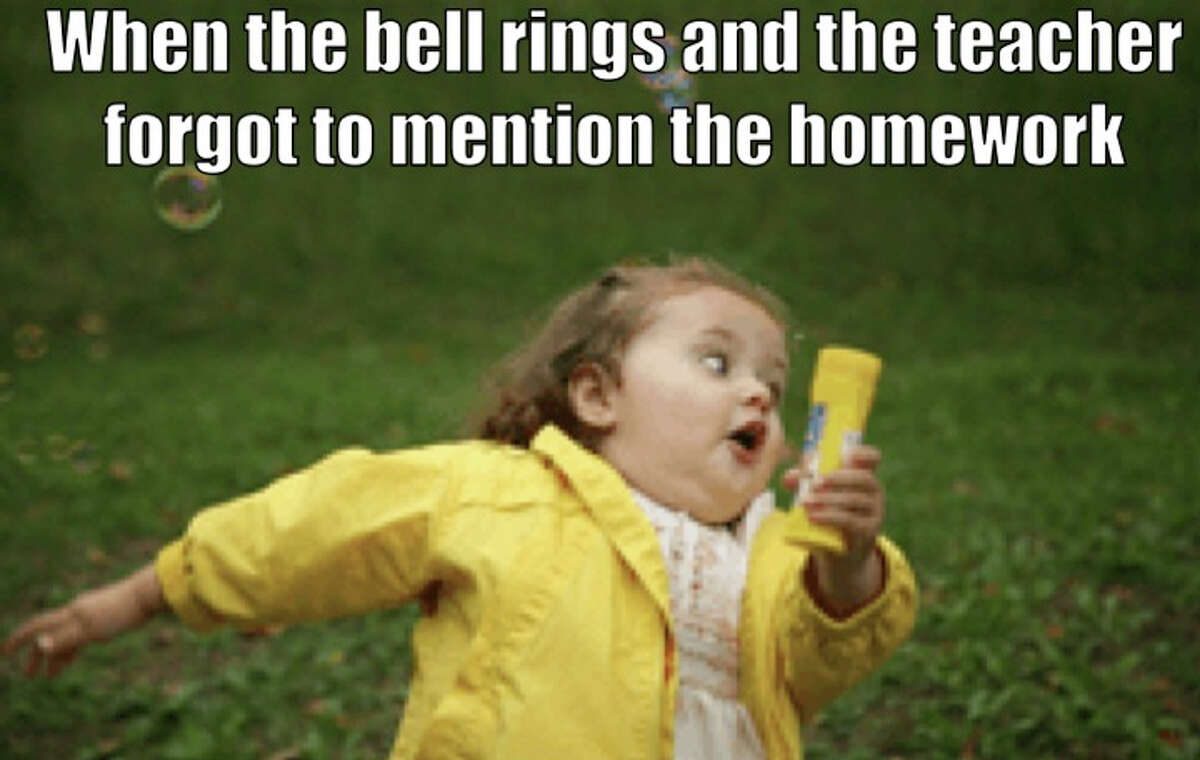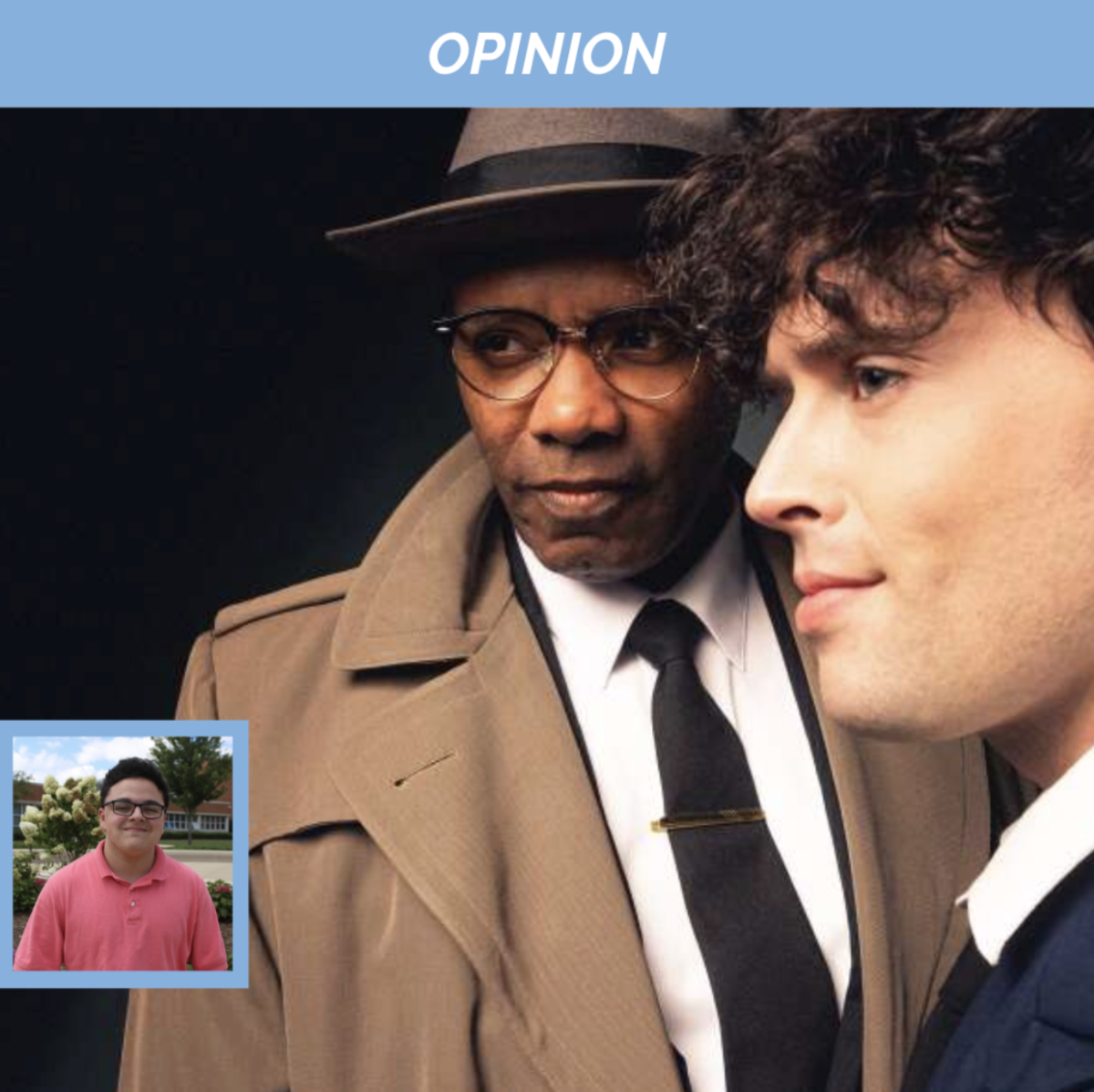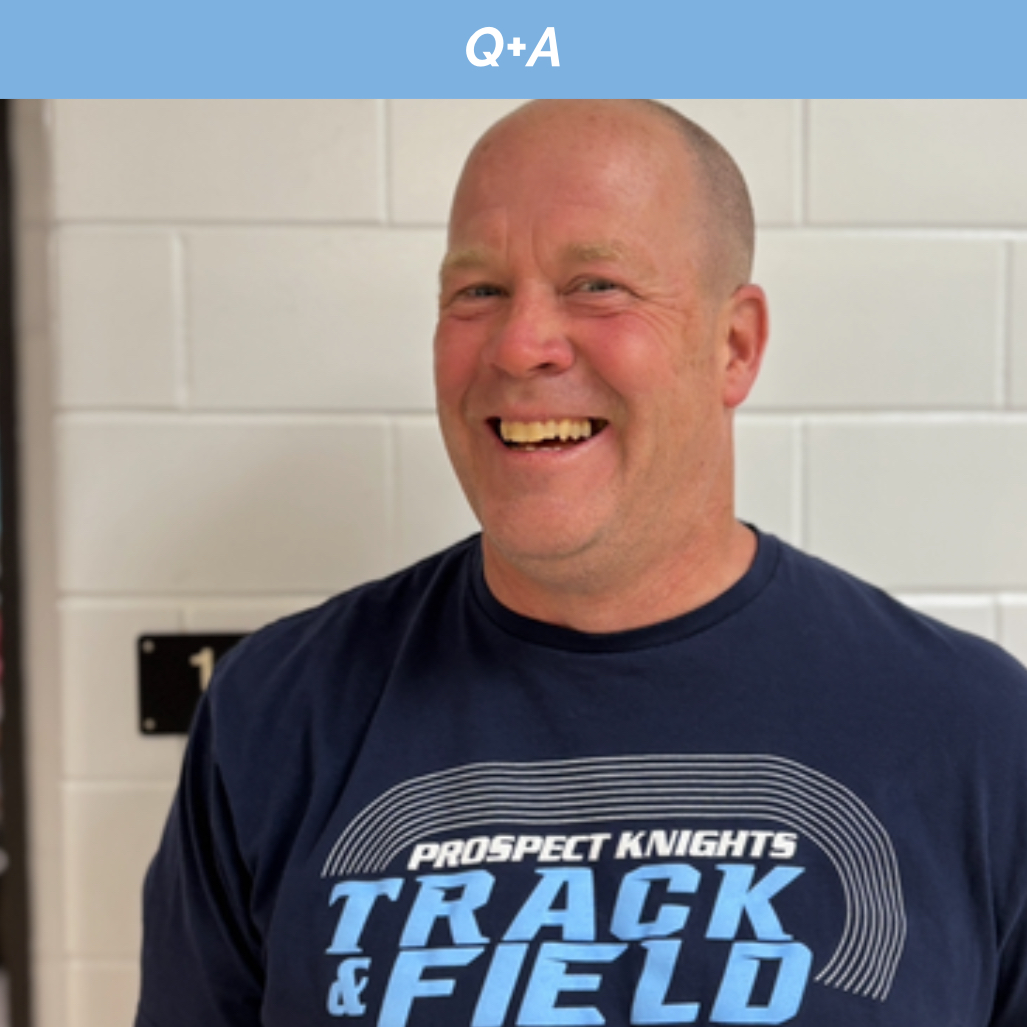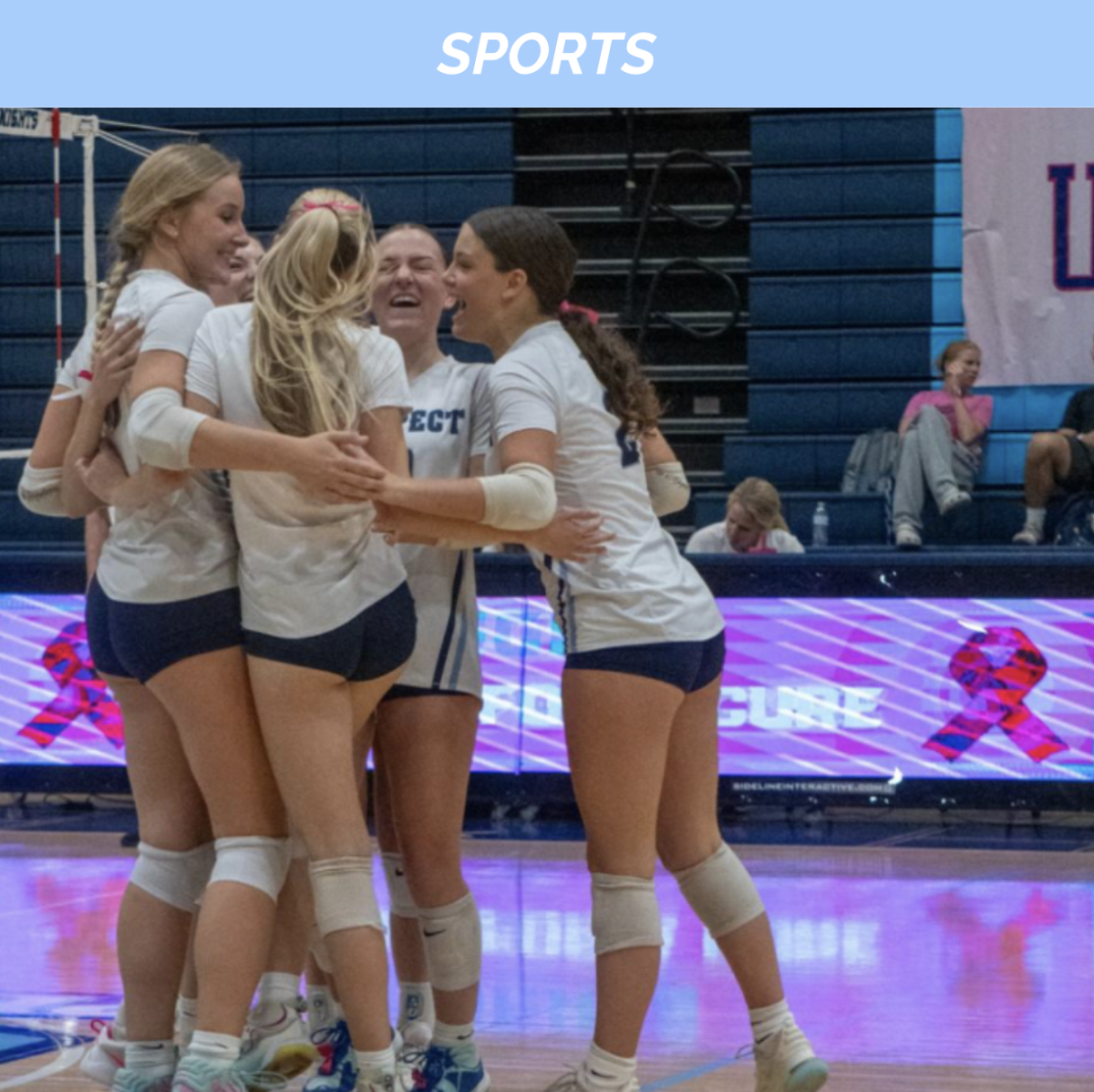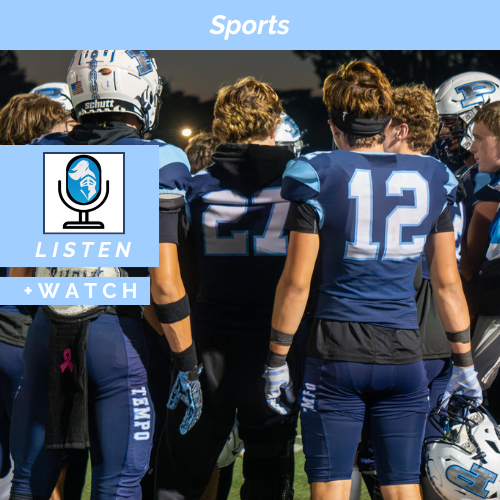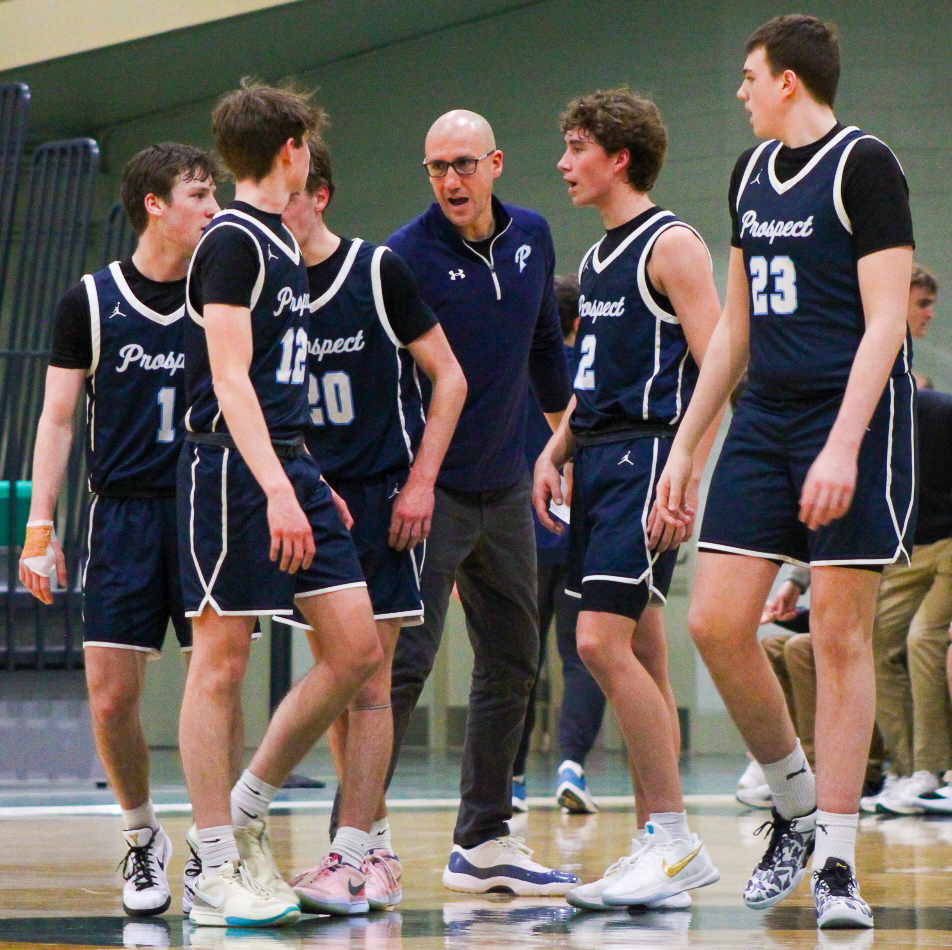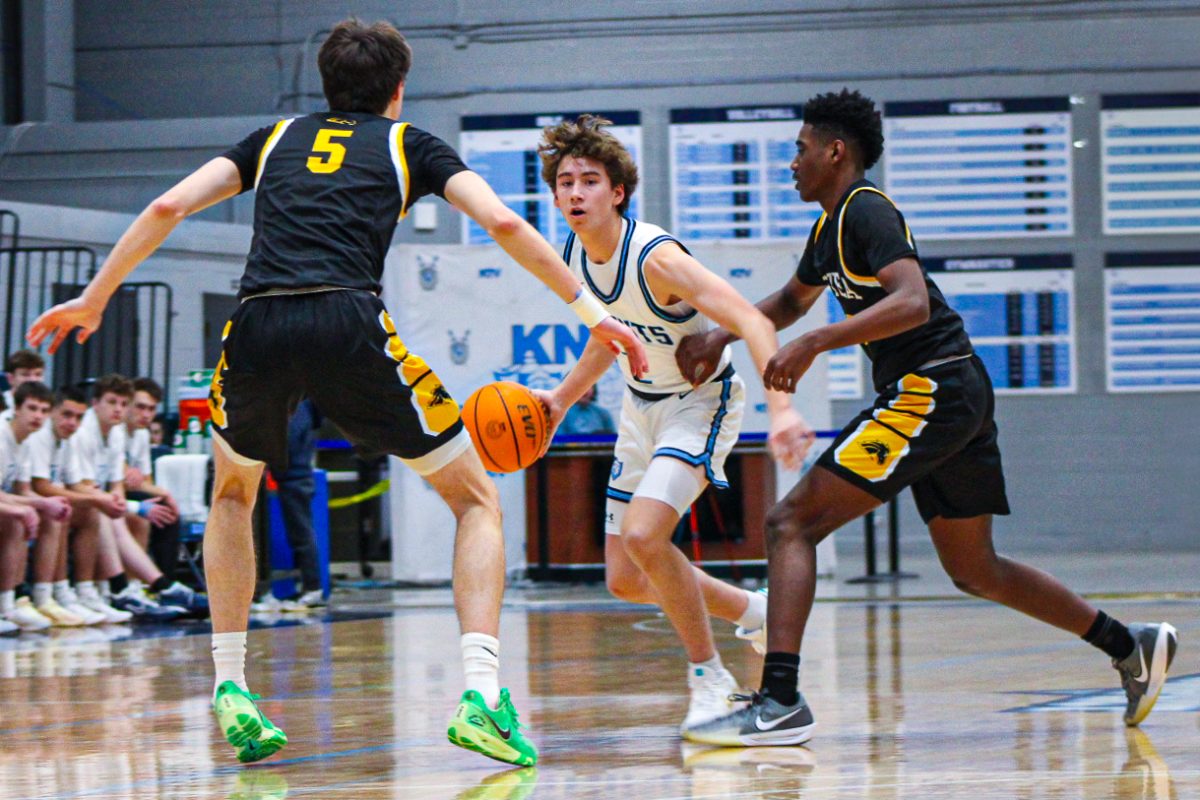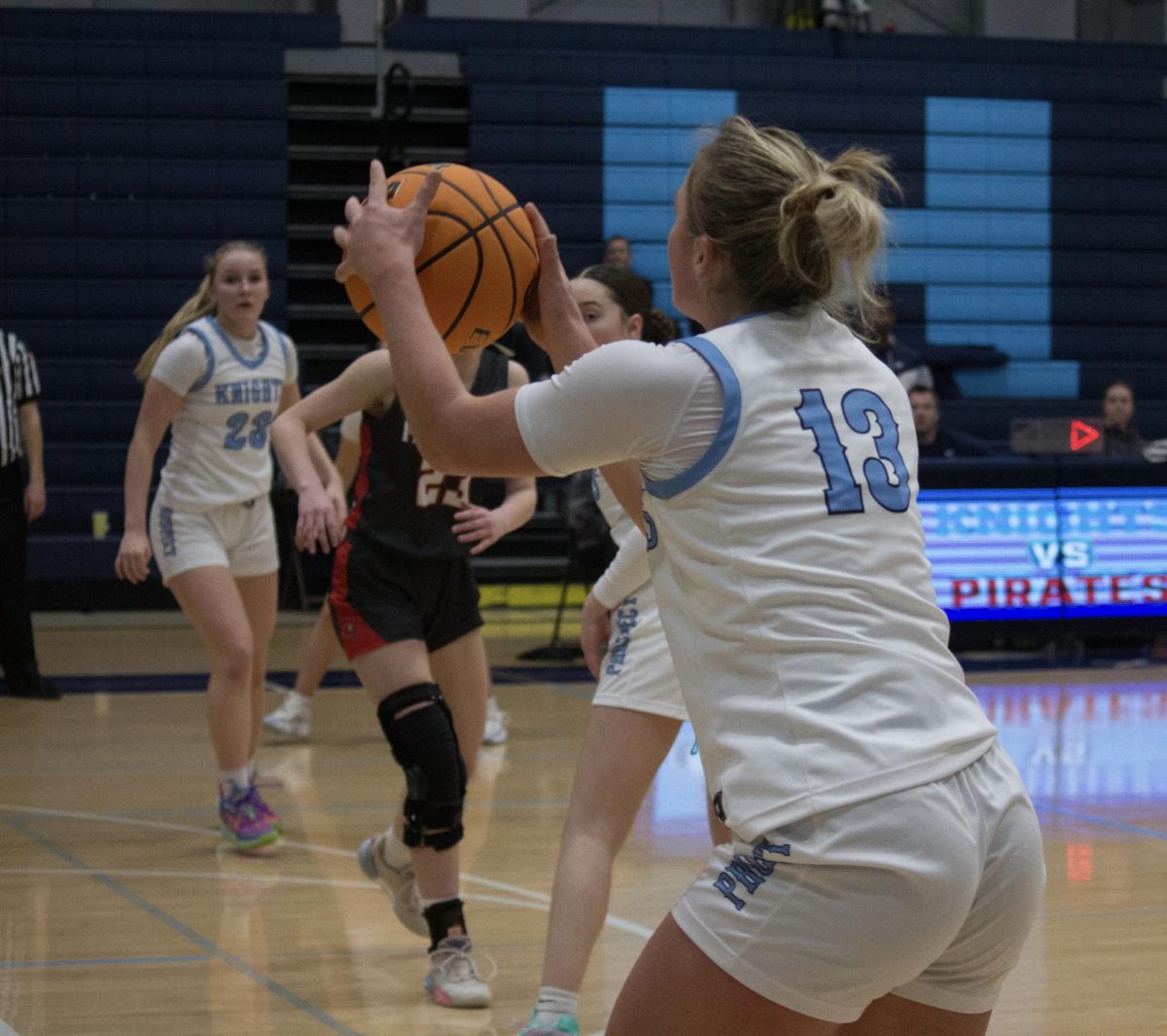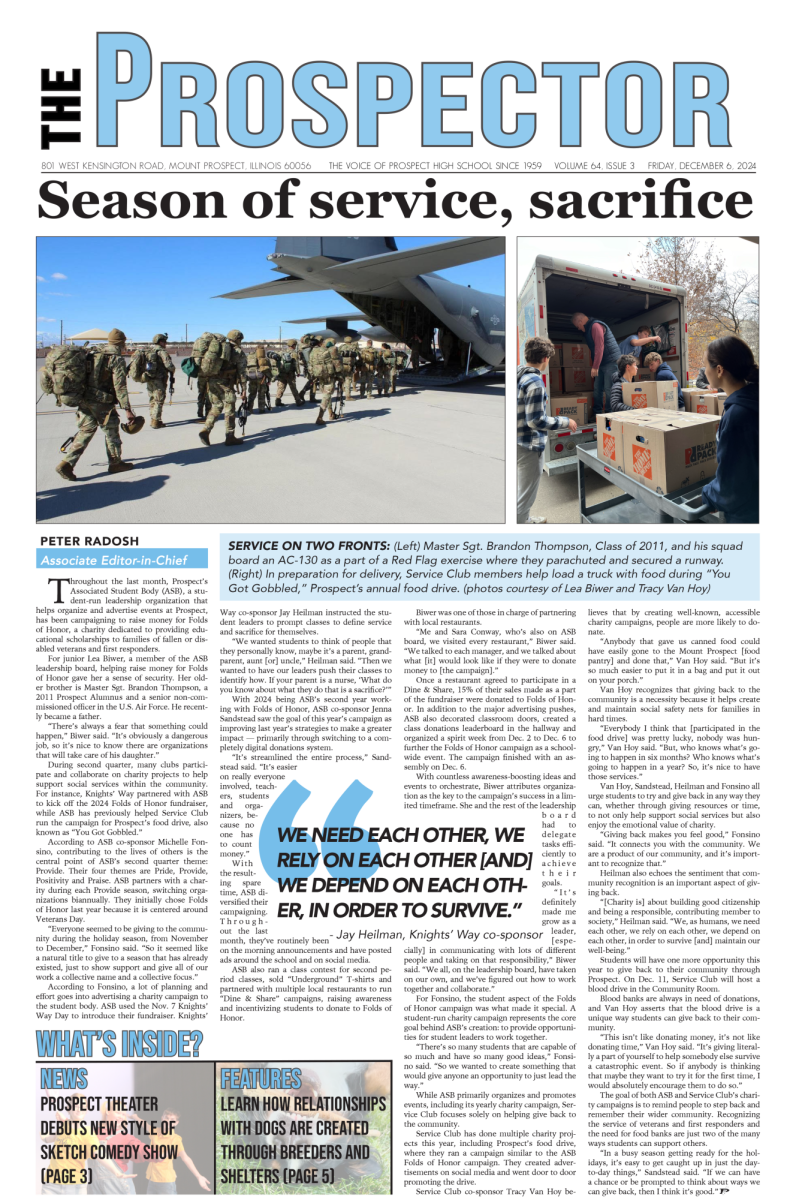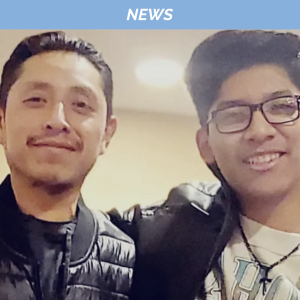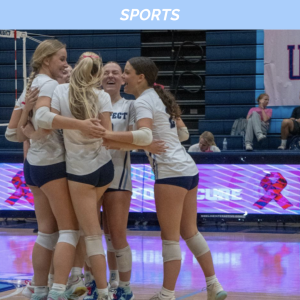One student shares her family’s experience with nicotine addiction
April 13, 2023
*fake name for confidentiality is Charlie Johnson*
On the annoyingly long 15-hour car ride to Alabama, my family and I were stuck in the middle of Nashville traffic. As I rolled down my window, hoping that it would relieve my car sickness with some fresh air, I received the opposite: smoke.
Across the highway lane from my family’s 2018 Honda Odyssey, I saw a hand dangling out of the driver’s window, holding a cigarette.
As the pungent scent settled over me, so did a wave of sadness. After all, cigarettes were the reason my nana wasn’t here anymore.
My Nana, Margaret Zelk, passed away on August 2nd, 2018 due to complications from lung cancer. The only emotion that I was capable of feeling after she passed was anger. Why would she ever smoke? Didn’t she know it was bad for her health? Why didn’t she stop?
It took me a long time to realize that she did not choose to continue smoking, but that she could not stop.
She was addicted.
Though smoking is still prevalent in our society, for younger people, this often comes in the form of vaping rather than cigarettes. According to HealthMatters, 19.6 percent of high school students vape, and out of those students 39 p of them are addicted to vaping. Being addicted to something means you are physically and mentally dependent on it, and for some people that is smoking.
Tobacco use peaked in the mid ‘60s, which happens to be the time when my Papa was in grammar school. Smoking was so common that young children would even eat candy cigarettes to mimic what they saw adults doing.
However, the reason smoking was so common in the first place was because many fathers, including my Papa’s, were all coming back from war. They all smoked during war, but my Papa smoked for a different reason.
“Smoking was a way for [soldiers] to calm their tension, well we took it as looking cool,” he said.
Despite the ’60s being over 60 years ago, the trend to appear “cool” hasn’t necessarily disappeared. To some students vaping is a way to fit in with their peers, but to some it’s just an activity to partake in.
Nowadays, vaping has become extremely normalized. According to a KnightMedia survey of 195 Prospect students, 12 percent admitted that they have vaped before. One of these students included student Charlie Johnson.* They have been vaping for around two years.
“It’s normalized because, obviously it’s frowned upon, but either way the same people who say that go out and get one, and it’s so common to see any teen with one,” Johnson said.
Most students start vaping because of the influence of their friends. Not only that, but vaping could also calm nerves. I like to think of vaping as a nice deep breath to relieve some stress, but with one catch: nicotine is going into your lungs.
For my Papa, smoking in his 30s was nearly automatic. At one point when he would get the urge to pick up a cigarette he would attempt to “delay” his smoking.
Key word: delay.
“All of a sudden I had a cigarette in my mouth and it was burning,” Papa said. “‘Who put that in my mouth?’”
At this point, smoking was so instinctual for my Papa that he didn’t even know he was doing it. He smoked about a pack and a half a day, but Johnson says they hit their vape nearly “3 times every minute” on the weekends.
“I think about quitting all the time, but it never works out because I’ve gained sort of a dependency on it,” Johnson said.
When dependency on smoking becomes high, quitting can become nearly impossible.
Despite my family’s efforts trying to convince my Nana to quit, she would always tell us the same thing:“I’m fine.”
But she wasn’t.
Part of this was pure stubbornness, but it was also fear. Smoking cigarettes helped her lose weight, and she relied on smoking to help her deal with stress and anxiety. Even though my Papa wanted her to quit, too, he still bought her cartons of cigarettes.
“I loved Nana dearly and would do anything to make her life easier, and I guess that included buying her cigarettes even knowing I should not have,” Papa said. “But that’s what love is.”
Everyone in my family was worried about Nana and her health. I can still remember my Nana’s horrible scratchy cough that would erupt whenever I visited her. Even though my Nana’s father died from throat cancer due to smoking a pipe, that wasn’t enough to make her stop.
The only thing that would get her to fully quit after smoking for 50 years was when she couldn’t breathe; she was diagnosed with stage four lung cancer at 68.
Quitting for my Papa was very different. He remained committed to his goal. Of course, the actual process was much harder, but he had what most smokers didn’t have: motivation.
“The whole thing with stopping smoking is you [got to want to], alright? And if you don’t want to, then you’re not [going to] stop,” Papa said.
My Papa really started to realize the toll smoking was taking on his body.
“I wanted to [quit] because I noticed I couldn’t do as much as I wanted,” he said.
Walking up and down stairs everyday for my Papa became more tiring than it should’ve been in his 30s.
For others quitting it’s a goal that seems to never be achievable.
“I haven’t stopped because I’ve been doing it for so long. It feels terrible when you try to quit,” Johnson said.
Johnson describes quitting to have a similar feeling as the flu or just an overall lack of energy.
I’ve observed that the struggles of quitting seem to overpower people’s motivation to actually quit. I thought that this might be due to some sort of FOMO but for this student it was not the case.
“I’ve tried quitting before and my friends were very supportive and they helped me out many different times,” Johnson said. “But in the end, it was my decision to keep doing it.”
At Prospect, smoking and vaping trends as a whole are decreasing, according to Division Head’s for Student Success, Safety, & Wellness Adam Levinson and Nick Olsen. Prospect has used an education program that they’ve built with a community partner by the name of Link Together Coalition to “spread a prevention message.”
Now, while these are all great things, I see a bigger issue at hand.
We live in a society where kids can tend to be rebellious and bored. Without being aware of what they’re getting themselves into, they can pick up dangerous addictions, such as vaping.
“I always tell kids when they get caught that we’re here to support you,” Olsen said. “Sometimes yes, there’s consequences but at the end of the day we want to help you.”
If the only help we have right now is prevention, who can we partner with to help students find the motivation to quit? For example, Northwest Community Healthcare in Arlington Heights offers a tobacco-free support group along with individual counseling to help people quit.
“We share our experiences, strengths and hopes and help each other so that we may be free from this powerful addiction,” according to the Northwest Community Healthcare website.
It wouldn’t be a bad idea for Prospect to reach out to organizations such as Northwestern Community Healthcare to give their students the incentive to quit.
If people like my Nana or Johnson were able to get in contact with the right resources, then maybe they too could live addiction-free.



